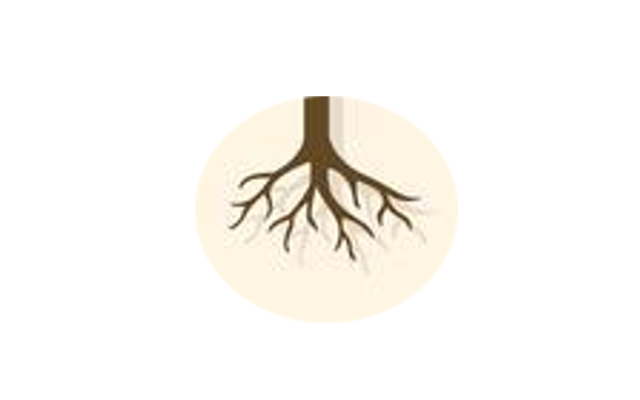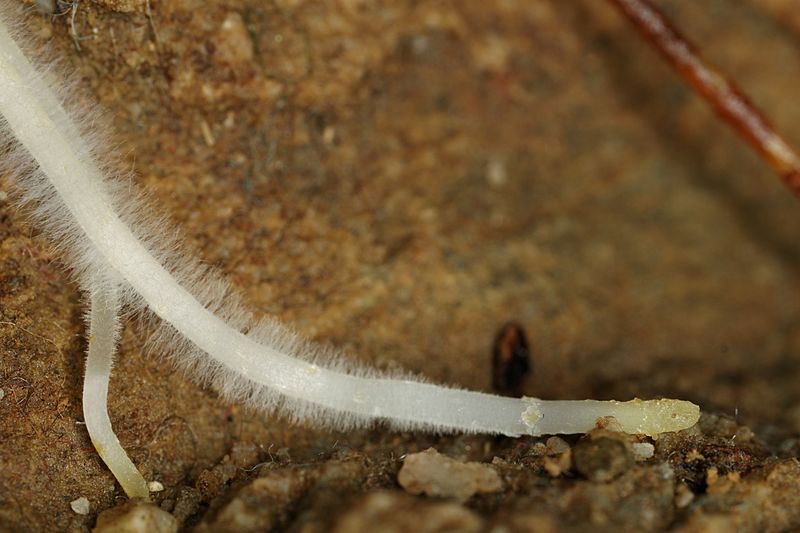- Dry Mycos Inoculants
- Why Compare Prices?
- Checking For Multiple Retailers
- Doubt Customer Reviews

Dry Mycos Inoculants
I have touched on the topic of mycorrhizae in my Microbes with Synthetic Fertilizers blog post, but this post compares various dry mycorrhizal inoculants that are in the market and are popular among cannabis growers. Mycorrhizae refers to a symbiotic association between a fungus and a plant. These symbiotic relationships can be found abundantly in many regions of the world in a majority of all plant species. The fungi can increase the surface area for a plant’s roots to absorb nutrients and water (2). By increasing the rate of nutrient and water absorption for plants, mycorrhizal fungi can stimulate plant growth. Dry mycorrhizal inoculants are mycorrhizal products in powder or granulate form that allows you to introduce beneficial fungi into a plant’s rhizosphere prior to planting. It is important to add a sufficient amount of inoculum so that the mycorrhizal fungus can colonize in a relatively short period of time. If there is not an adequate supply of mycorrhizal inoculum, then it could take up to several months for a plant’s rhizosphere to be colonized by mycorrhizae. The amount needed for use will depend on the container size, plant size, and age of the plant. The inoculum has to make direct contact with the roots of the plant in order for the mycorrhizae to colonize. If the powder or granulate do not make direct contact with the plant’s roots, then the colonization of the mycorrhizae will be delayed. Best practices for mycorrhizal inoculants also include introducing inoculants to plants at various stages of the plant’s life as high rates of phosphorus fertilizers can inhibit the formation of mycorrhizae with organic fertilizers having less of an adverse effect on mycorrhizal fungi than inorganic fertilizers.
Dry Mycorrhizal Inoculant Products Table
| Manufacturer/Distributor | Product Name | Dosage Rates | Main Ingredients | Sizes & Costs |
|
MycoSmart |
Endo 4 (3) |
1-2 tablespoons / 4 gallon pot |
Arbuscular Mycorrhizae: Rhizophagus irregularis, Rhizophagus aggregatus, and Rhizophagus clarus. |
32lbs / $195.00 |
|
Evergreen Growers Supply |
Big Foot Granular Mycorrhizae (4) |
1 scoop (tablespoon) / 4 gallon pot |
Endomycorrhizae: Glomus intraradices. |
10lbs / $149.99 |
|
Wildroot Organic |
Mycorrhizal Fungi Concentrate (5) |
1 scoop / 5-10 gallons of water. Dip rooted cuttings in the solution or use the solution to water plants. |
Ectomycorrhizal fungi (7 species) and Endomycorrhizae: Glomus intraradices, glomus masseae, glomus aggregatum, glomus elunicatum, glomus monosporum, glomus deserticola,glomus clarum, paraglomus brasilianum, and gigaspora margarita. |
5lbs / $429.00 |
|
Elite 91 |
Myco Jordan (8) |
1 - 2 tablespoons / 1 gallons water. |
Endomycorrhizae: Glomus intraradices. |
2lbs / $147.00 |
|
Plant Revolution Inc. |
Great White (9) |
1 teaspoon / 2 gallons water. |
Bacteria (15 species), Ectomycorrhizal fungi (7 species), and Endomycorrhizae: Glomus aggregatum, Glomus intraradices, Glomus mosseae, Glomus etunicatum, Glomus clarum, Glomus monosporum, Paraglomus brazilianum, Glomus deserticola, and Gigaspora margarita. |
5lbs / $495.95 |
|
Xtreme Gardening |
Mykos (10) |
4 - 6 tablespoons / 5 - 7 gallon pot. |
Arbuscular mycorrhizae: Rhizophagus intraradices. |
20lbs / $214.25 |
|
BioAg |
VAM (11) |
1 teaspoon / plant. |
Endomycorrhizae: Glomus intraradices, Glomus mosseae, Glomus etunicatum, Glomus clarum, Glomus claroidium, Glomus deserticola, and Gigaspora albida. |
1 kilo / $50.00 |
*Rhizophagus irregularis was previously known as Glomus intraradices. Arbuscular mycorrhizae and endomycorrhizae are the same (6).

Why Compare Prices?
There are many options on the market today for growers to choose from when it comes to granular mycorrhizae inoculant products. It is to the benefit of the consumer to compare products and their pricing to best meet their needs and potentially reduce costs of production. Comparing products can be as easy as finding various products online, but testing the product is the best way to compare to determine the worth of each product. The ease of use in your irrigation system and better nutrient compatibility with your current feeding regimen are just some of the hidden costs that may be associated with the products you decide to use.
Checking For Multiple Retailers
Determining what types of products are to be compared and if these products are available at multiple retailers will contribute to what items will be on your list. It is important to make a list of any product names associated with what you are looking for. Search for a retailer or distributor, depending on the scale of your grow, and price out your items based on size at the first location. Then search for another retailer or distributor to price out the same items at the second location. Once you have exhausted all possible sellers, then you can compare the prices of the same items that you have listed.
Doubt Customer Reviews
Customers today can be sensitive to customer reviews, but these online reviews can be misleading. Companies have been caught in the past using a service known as “review brushing” in which they pay individuals to post positive reviews for their products and will sometimes pay for negative reviews on their competitor’s products. Online retailers have been embroiled in these battles since the rise in popularity of online shopping (1). The fact that the reviews can easily be falsified is why customer reviews can be difficult to trust. The best way to test the efficacy of a product is to buy the smallest size available or to request a sample from the manufacturer themselves. Usually great products that have impeccable reputations will be recommended by individuals through word-of-mouth. In the end it is a risk consumers have to consider when trying new products on a limited budget.
Conclusion
Cannabis benefits from endomycorrhizal fungus by creating a symbiotic relationship within the rhizosphere. This symbiotic relationship can provide cannabis plants with more nutrients and water. As the plant uses more of the nutrients available in the medium, less nutrients can be used overall in irrigation practices. This makes mycorrhizal inoculants a great addition to cultivation programs adhering to methods of ecological intensification. Most fungal structures will sink in water unless a product’s manufacturer has stated that their dry mycorrhizal inoculant has a carrying agent. It is important to read and follow the instructions listed for each inoculant product because some may not be compatible with top-feeding. When in doubt, directly applying a dry mycorrhizal inoculant to the roots (especially during transplanting) is the most ideal method of application. When comparing various dry mycorrhizal inoculant products, consumers must make a determination based on pricing, availability, and efficacy of the products. Not all products contain the same ingredients or even the same amount of ingredients, so it may take some testing to decide which dry mycorrhizal product is best for you.
Resources
-
Parkin, Simon. (2018). “The never Ending War on Fake Reviews”. The New Yorker Magazine.
-
(n.d.). “Endo 4 by MycoSmart - Granular Endo Mycorrhizae Mix”. Harmony Organics.
-
(n.d.). “Big Foot Granular Mycorrhizae”. Evergreen Growers Supply.
-
Smith, S. E., Read D. J. (2008). “Mycorrhizal Symbiosis”. Academic Press. ISBN 978-012-370-5266.
-
(2017). “Mycorhizae fungus”. Oregon Caves National Monument. Wikimedia Commons - Image.
-
(n.d.). “Myco Jordan - Professional Mycorrhizal Inoculant”. Elite 91 Nutrients.
Comments powered by Talkyard.